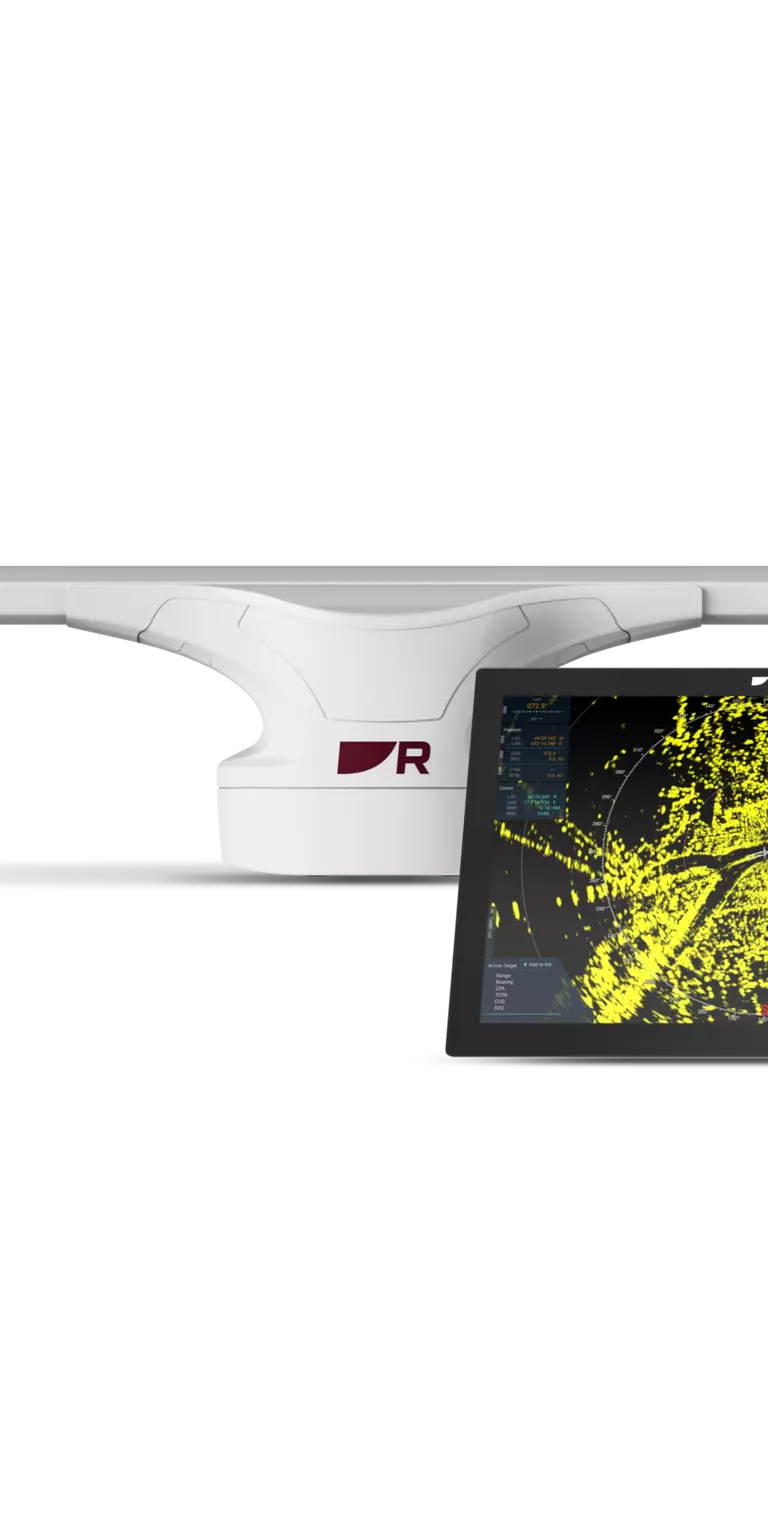
As Raymarine launch their IMO-Certified Solid State Pathfinder Radar, we compare Solid State vs Magnetron Radar systems.
Sunday - 07 April 2024
To understand why the new IMO-Certified Pathfinder Solid State Radar from Raymarine is a game-changer, we talked with the Product Team at Raymarine Headquarters to find out more...
The difference is about reliability and ease of use, for both the navigator and onboard maintenance crew, ship managers, and service engineers.
There is no need to tune the radar. Unlike magnetron radars, where the frequency varies as the radar's temperature changes, solid-state radars are phase-locked. This means guaranteed best tuning for each pulse the radar transmits, eliminating the need for double-checking if the auto-tune works correctly or having to re-tune the radar every few hours.
This frequency stability, known as "coherence," allows for more advanced signal processing. As a result, smaller targets are more easily detected in clutter than with traditional magnetron radars. Advanced auto-clutter algorithms also work better with this cleaner radar signal.
There is no need to keep manual records for performance and Magnetron lifespan. The radar power levels and receiver performance are automatically checked upon selecting the performance monitor feature. Any errors are alerted to the operator in a useful way, warning of an error in the system and leaving no room for doubts.
Confident performance over time. Because solid-state transmitters do not degrade in the way a magnetron does, confidence in the system's ability to detect small targets, even after many years of operation, is a significant confidence boost to any diligent operator.

A Pathfinder radar continues to detect small targets, even after prolonged use periods.
Advanced and easy error tracking: Pathfinder's solid-state transmitter contains a significant amount of Built-In Test Equipment (BITE), allowing errors to be tracked down quickly without major teardowns of the scanner. The focus on ease of installation allows maintenance checks to be done visually from the exterior and within the radar display, rather than having to open up transmitters as part of scheduled maintenance.
Ease of installation. The entire Transceiver (TCVR) comes with a quick-install cabling kit, making an entire turning unit swap just 4 bolts and 2 cables. Weighing significantly less than comparable radars makes installation and repairs a breeze.
Reduced service intervals. In a commercial use case, a magnetron radar requires an annual service to replace the magnetron, which typically needs replacing around every twelve months. Often, this is not planned, and ships run radars to the point of magnetron failure, resulting in a complex, expensive repair.
Reduced lifetime product costs. Previously, solid-state technology was significantly more expensive than magnetron technology. Over a ten year life, they resulted in a similar cost. However, with Pathfinder available at a magnetron radar's price point, Pathfinder’s solid-state solution is significantly more cost effective over the life of the radar.
Reduced service costs. Even with good annual maintenance, the cost of ownership of a magnetron radar will be many thousands of dollars more expensive over a five year period. Cost reductions come from not needing to have service engineers onboard, and reducing the chance of unintentional damage caused each time the radar is disassembled.
The below chart shows the typical servicing costs, cumulated over time, of a Pathfinder Radar versus a Magnetron Radar. When you add these costs to the purchase price, a Magnetron radar is significantly more expensive than a Pathfinder over a five year period*

*cost calculations based on annual magnetron replacement and major overhaul after five years. Estimated costs only.
There are clear advantages of a solid state radar versus a magnetron radar; from the point of installation, to use and maintenance. Understanding these distinct advantages helps demonstrate why the new Pathfinder radar from Raymarine is such a game-changer.